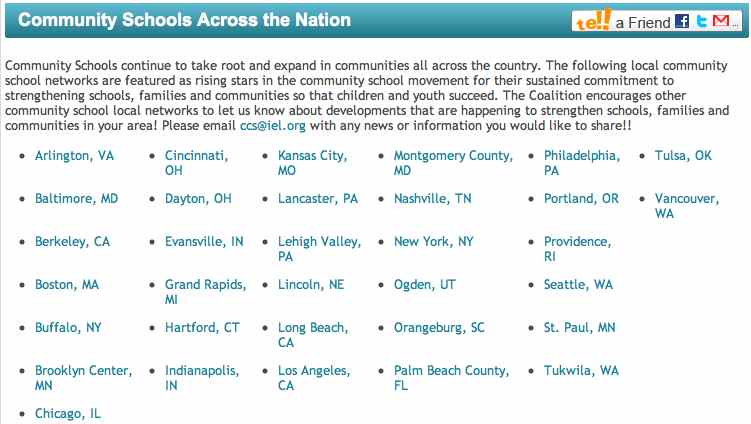I’m trying to keep the time required for most of the Shift Ed 21 resources very short, but this video of Ken Robinson talking about how schools kill creativity has been so widely viewed and influential that it is well worth the 20 minutes it takes to watch it. (It also happens to be very entertaining, so the 20 minutes go quickly!)
I don’t necessarily believe that schools “kill” creativity – clearly many creative people emerge from our schools, whatever their problems. Nor do I think the average teacher is out to dampen the creative impulses of students. Nonetheless – as we argue in the book – there is a great deal about how school is structured, both physically and intellectually, that can’t help but dampen creativity. Implicit in Robinson’s talk is the idea we need creativity now more than ever, given the challenges we face and the unpredictability of the future. As he puts it:
I believe our only hope for the future is to adopt a new conception of human ecology, one in which we start to reconstitute our conception of the richness of human capacity. Our education system has mined our minds in the way that we strip-mine the earth: for a particular commodity. And for the future, it won’t serve us. We have to rethink the fundamental principles on which we’re educating our children.
I couldn’t agree more.
Jeff
